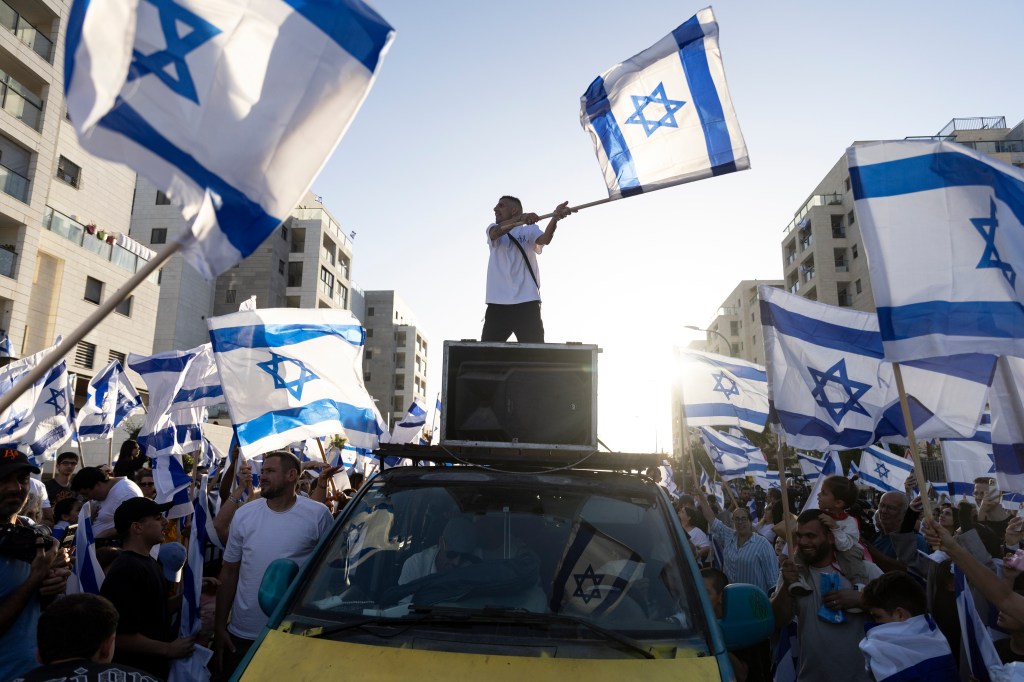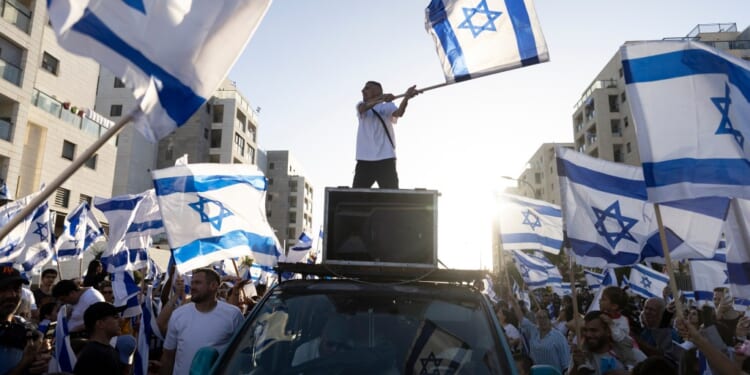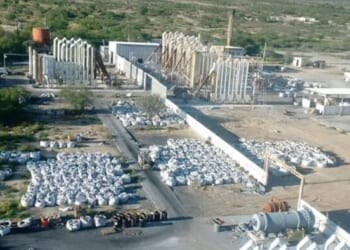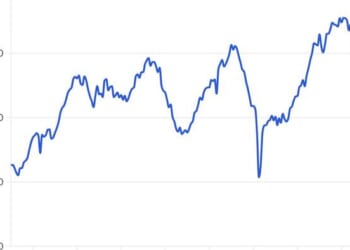
The deal hasn’t kept the peace, but then again, that’s never what it was intended to do. “It’s not a peace agreement,” Aaron David Miller, a senior fellow at the Carnegie Endowment for International Peace and a former State Department adviser and analyst, told TMD. “It is a moment created by an impressive, unprecedented intervention.”
The plan creates the momentum for a lasting diplomatic solution to the war, but it is also rife with potential pitfalls. Phase two calls for Hamas’ disarmament, the complete withdrawal of IDF forces from Gaza, and the creation of an internationally backed board to oversee a new Palestinian governing body. Danielle Gilbert, an assistant professor of political science at Northwestern University, told TMD that the deal is designed to flow “to the next stage, and the next stage, and the next stage, but it also gives them kind of an unlimited number of off-ramps that the deal could fall apart at any moment.”
There are incentives on all sides to see the whole agreement come to fruition. But, for Israel, the release of the living hostages is the deal’s most important achievement, particularly given the emerging reports of the psychological and physical torture the captives endured in Gaza. One former hostage recounted to his family how his captors locked him in a cage, provided him salt water to drink, and whipped him until he lost consciousness. A family member of another hostage told Israeli media that the terrorists would show occasional signs of humanity—such as inviting hostages to their card games when down a player. But the captors could, at any moment, put a gun to their head and threaten to kill them unless they followed their orders, such as appearing in a propaganda video. Hamas toyed with their captives right up until their handover, with Gilboa-Dalal being told that he was moments away from being freed on three consecutive days leading up to his actual release, according to his father.
Getting the surviving hostages back was Israel’s top priority. But the country is also on a mission to bring home all the hostages taken on October 7, even if that means in a casket. “The biggest problem, I think, for the Israelis is that Hamas keeps hostages, the deceased hostages,” Joe Truzman, a senior research analyst at the Foundation for Defense of Democracies and editor of the think-tank’s Long War Journal, told TMD. “Whether it’s one, two, or five, that’s a problem.”
Hamas returned only four of the 28 deceased hostages October 13, one of which Israeli forensic specialists later identified as a Palestinian; and on October 15, shortly after Hamas returned its ninth confirmed hostage, the terrorist group stated that locating the rest “requires great effort and special equipment.” After pressure from Israel, they have returned a further four bodies, leaving 15 yet to be returned. The most recent hostage body was returned Monday and identified as 41-year-old Tal Haimi; a Kibbutz Nir Yitzhak resident who was killed on October 7 while defending his community from terrorist attackers.
In addition to retaining the bodies of hostages, Hamas has breached its commitment to cease hostilities against Israeli troops. Terrorists on Sunday attacked IDF soldiers in the southern Gaza city of Rafah. Per an initial IDF investigation, terrorists emerged from tunnels in the area and attacked IDF soldiers with anti-tank missiles and gunfire, killing two while they were using an excavator: 26-year-old Maj. Yaniv Kula and 21-year-old Staff Sgt. Itay Yavetz.
The IDF said that Hamas operatives were behind the attack, while Hamas denied responsibility, stating that, because Rafah is currently under Israeli control, it had no recent communications with fighters in the area. The IDF responded by launching airstrikes targeting Hamas infrastructure across Gaza, and temporarily suspending aid to the Gaza Strip, before later reinstating both ceasefire protocol and the flow of humanitarian supplies by the end of day.
Some analysts are not surprised by Hamas’ early violations of the deal. Brig. Gen. (Res.) Yossi Kuperwasser, director of the Jerusalem Institute for Strategy and Security and former head of the IDF Intelligence Corps’ Research Division, speculated that Hamas had likely planned from the start to stall the hostage return process to prevent the deal from entering entering its second phase, which lays out the process of disarmament. “They are not going to willingly disarm,” he told TMD. “If Hamas does not disarm, then the plan is stuck and nothing is going to move forward.” On Saturday, an unnamed senior Hamas official acknowledged this strategy, telling Reuters that the terror group plans to control Gaza City in the interim and would not commit to laying down its arms. Still, it’s not clear that Hamas is immediately ready to discard the accord, but whether or not the remaining bodies are returned may be a bellwether. “That’s an indication of whether they committed to the plan,” Kuperwasser said.
Meanwhile, Hamas has embarked on a brutal crackdown on its Palestinian opponents in the Strip, carrying out extrajudicial executions on the streets. Since the ceasefire’s start, the group has targeted rival militias, alleged Israeli collaborators, and others perceived to challenge its dominance in the territory, killing at least 33 Palestinians. At least eight were publicly executed on the street in Gaza City, killings that a Hamas military unit recorded and shared online with the accompanying text, “This is the fate of every traitor to the homeland and to religion.”
Amid the terrorist group’s effort to consolidate power, there is little reason to believe that the terrorist group will advance to the next part of the deal: disarm and cease its governance over the Gaza Strip.
So when Hamas uploads its atrocities to the internet, it has a precise audience in mind. “It’s for the Palestinian public, it’s for the international community, and, of course, Israel as well,” Truzman said. It’s a direct threat to any force, Israeli or Palestinian, opposed to Hamas rule, while also communicating to “the international community that it’s again asserting its power in the Gaza Strip, it’s regaining its foothold,” he continued. “They’re monopolizing the Gaza Strip, they are gaining power. They have no intention at all to lay down arms, and that was pretty obvious from the get-go.”
The gangs opposing Hamas don’t currently have the finances, manpower, or resources necessary to dismantle the terror group’s grip on the enclave. But Hamas’ efforts to forcibly cow them is also a reflection of its own weakness after 24 months of war.
“They didn’t need to do this two and a half years ago,” Daniel Byman, a professor at Georgetown University’s School of Foreign Service and the director of the Warfare, Irregular Threats, and Terrorism Program at the Center for Strategic and International Studies, told TMD. “Hamas is significantly weaker than it was two years ago, right? And it’s weaker, not just obviously because it lost all its [top-ranking] people, but it’s weaker militarily, and it has more local groups and clans … that are more willing to challenge the group.”

















